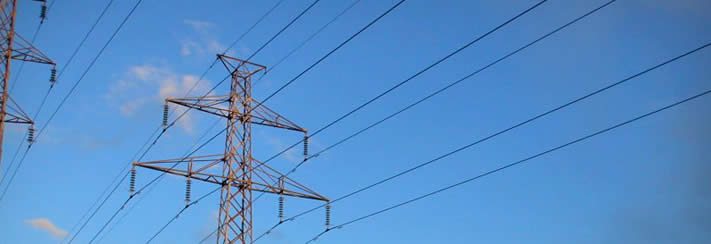NEA approves new tariff for PRoR and reservoir projects
Kathmandu, April 29
Developers of peaking run-of-the-river (PRoR) and reservoir projects will be able to get new tariff in grid connection agreement with Nepal Electricity Authority (NEA) as the board of directors’ meeting of the power utility has endorsed the new rates for the same.
Earlier, there was only one tariff structure for RoR projects — Rs 8.40 and Rs 4.80 per unit for dry and wet seasons, respectively.
NEA — the sole power off-taker of the country — has introduced new tariff rates to lure private sector and foreign investment in hydropower generation. The NEA board of directors meeting also endorsed the proposal of NEA to pay foreign investment projects in US dollars for the first 10 years of power commissioning or until the payback period of the foreign loan, whichever is earlier, according to Chet Raj Joshi, board member of NEA.
Power purchase agreement in US dollars for first 10 years in foreign investment projects
As per the new tariff structure, NEA will prepare separate templates for power purchase agreement with developers. Henceforth, generators of reservoir projects can sell per unit of electricity at Rs 12.40 during dry season (from December to May) and at Rs 7.10 during wet season (from June to November).
For PRoR projects, the rates have been set at Rs 10.55 and Rs 4.80 per unit for dry and wet seasons, respectively.
The PRoR projects can be operated at least four to six hours in the peak hours. Normally, electricity demand goes up in the morning and evening. Developers now have to meet 30 per cent of the total energy production in the dry season. Along with extension of the dry season period from four months to six months, NEA has also raised the dry season energy requirement from 15 per cent (of the total capacity) to 30 per cent.
To meet this provision, power plants need to operate in full capacity for a longer period and developers have to lower the capacity of the project to meet the energy demand during dry season.
NEA, however, has still not scrapped the earlier provision of a four-month dry season (mid-December to mid-April) and 15 per cent energy requirement during dry season. By opting for this provision, the generators will get the dry season rate for four months.
This provision has also paved the way for those wanting to design projects in high capacity eyeing the advantage of generating more power in wet season as the plant can be operated in full capacity during the wet season, as per NEA officials.






